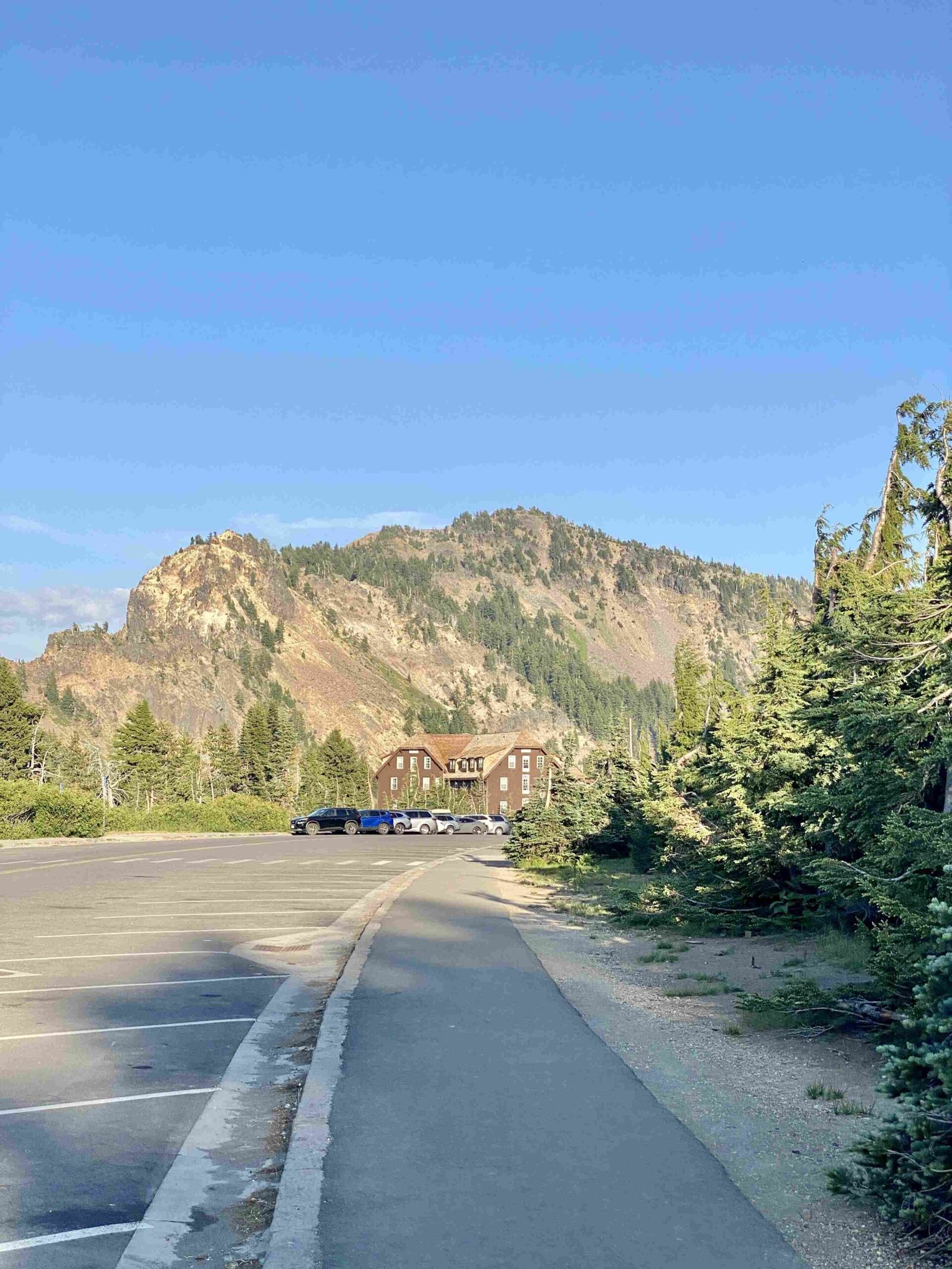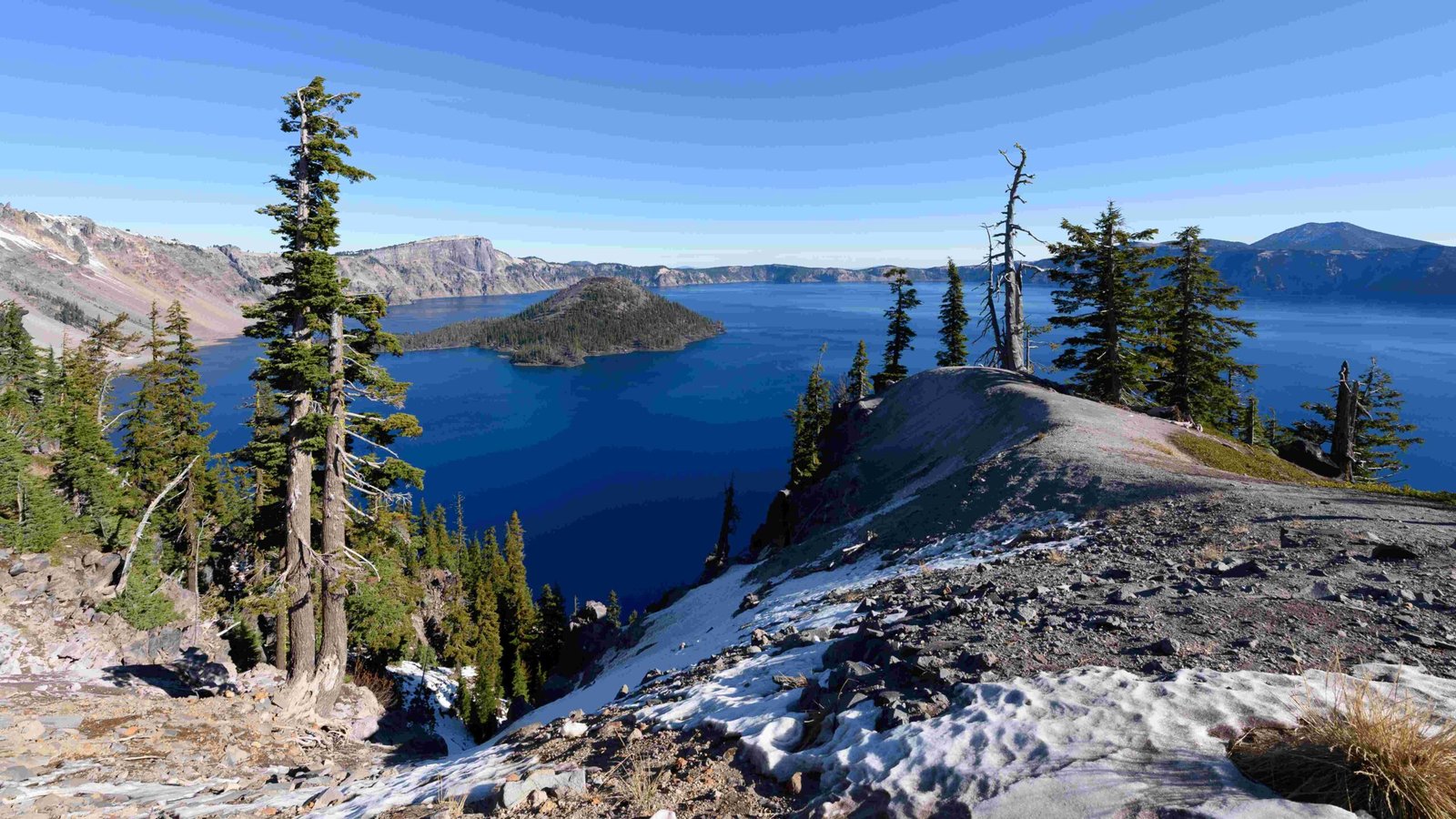Crater Lake National Park offers a stunning transition from woodland to the iconic crater lake. This journey encompasses diverse ecosystems, challenging hiking trails, and breathtaking views. The park’s unique landscape, formed by volcanic activity, provides visitors with an unparalleled experience of natural beauty and geological wonder. From dense forests to the crystal-clear waters of Crater Lake, this guide explores the various aspects of the woodland to Crater Lake journey.
What Are the Best Hiking Routes from Woodland to Crater Lake?

The journey from woodland to Crater Lake offers several notable hiking routes, each with its own unique features and challenges. Here are some of the most popular trails:
- Cleetwood Trail
- Distance: 2.2 miles round trip
- Elevation Change: 700 feet
- Estimated Time: 2-3 hours
- Trailhead: North side of the lake along Rim Drive
-
Description: The only trail descending to the lake’s edge
-
Garfield Peak Trail
- Distance: 3.6 miles round trip
- Elevation Change: Over 1000 feet
- Estimated Time: 2-3 hours
- Trailhead: Behind Crater Lake Lodge
-
Description: Offers panoramic views of the lake and surrounding areas
-
Mount Scott Trail
- Distance: 4.4 miles round trip
- Elevation Change: 1500 feet
- Estimated Time: Approximately 3 hours
- Trailhead: East side of Crater Lake near Cloudcap Junction
-
Description: Leads to the highest point in the park
-
Discovery Point Trail
- Distance: 2 miles round trip
- Elevation Change: 100 feet
- Estimated Time: Approximately 1 hour
- Trailhead: Near Rim Village Cafe
- Description: Follows the southwestern rim with views of Wizard Island
What Wildlife Can Be Encountered on the Woodland to Crater Lake Journey?

The woodland to Crater Lake journey offers opportunities to encounter diverse wildlife:
- Large Mammals: Black bears, mountain lions, bobcats, and coyotes inhabit the area
- Smaller Animals: Deer, squirrels, and various rodents are common sightings
- Birds: Eagles, osprey, hawks, and numerous smaller bird species can be observed
- Seasonal Variations: Wildlife activity changes with seasons, with bears more active in summer and fall
| Animal Type | Common Sightings | Best Time for Viewing |
|---|---|---|
| Large Mammals | Black bears, deer | Dawn and dusk |
| Birds | Eagles, osprey | Throughout the day |
| Small Animals | Squirrels, chipmunks | Daytime hours |
What Flora Characterizes the Woodland to Crater Lake Transition?
The flora along the woodland to Crater Lake route is diverse and changes with elevation:
- Forest Composition: Old-growth forests featuring Douglas fir, hemlock, and pine
- Understory Plants: Various shrubs and ferns in shaded areas
- Wildflowers: Abundant during summer months, especially along Godfrey Glen Loop Trail and Plaikni Falls Trail
- Alpine Vegetation: Near the lake rim, hardy plants adapted to higher elevations and exposed conditions
How Does the Ecosystem Change from Woodland to Crater Lake?
The ecosystem transition from woodland to Crater Lake is characterized by:
- Elevation Changes: As you ascend, the vegetation becomes sparser and more adapted to harsh conditions
- Soil Composition: Changes from rich forest soil to volcanic pumice and ash near the lake
- Moisture Gradients: From relatively moist woodland to drier conditions near the crater rim
- Temperature Variations: Cooler temperatures at higher elevations near the lake
- Sunlight Exposure: Increased exposure as the forest canopy opens up towards the lake
What Amenities Are Available for Hikers on the Woodland to Crater Lake Route?
Hikers on the woodland to Crater Lake route can access various amenities:
- Parking: Designated areas at major trailheads like Cleetwood Trail and Mount Scott Trail
- Restrooms: Available at trailheads and near facilities like Crater Lake Lodge
- Rest Areas: Benches along some trails, particularly Cleetwood Trail
- Water Sources: Limited; hikers should carry sufficient water
- Visitor Centers: Provide information, maps, and sometimes guided tours
- Accessibility: Some trails, like Godfrey Glen Loop Trail, are wheelchair accessible with assistance
How Should Hikers Prepare for the Woodland to Crater Lake Journey?
Proper preparation is crucial for a safe and enjoyable woodland to Crater Lake experience:
- Physical Conditioning: Train for elevation changes and longer hikes
- Appropriate Gear: Sturdy hiking boots, layered clothing, and sun protection
- Navigation Tools: Carry maps and a compass or GPS device
- Food and Water: Pack enough for the entire journey, plus extra
- First Aid Kit: Include basic medical supplies and any personal medications
- Weather Awareness: Check forecasts and be prepared for sudden changes
- Wildlife Safety: Know how to behave in case of wildlife encounters
- Leave No Trace: Practice responsible hiking and camping techniques
By following these guidelines and respecting the natural environment, hikers can fully appreciate the remarkable journey from woodland to Crater Lake, experiencing the diverse ecosystems and breathtaking landscapes that make this area truly unique.

